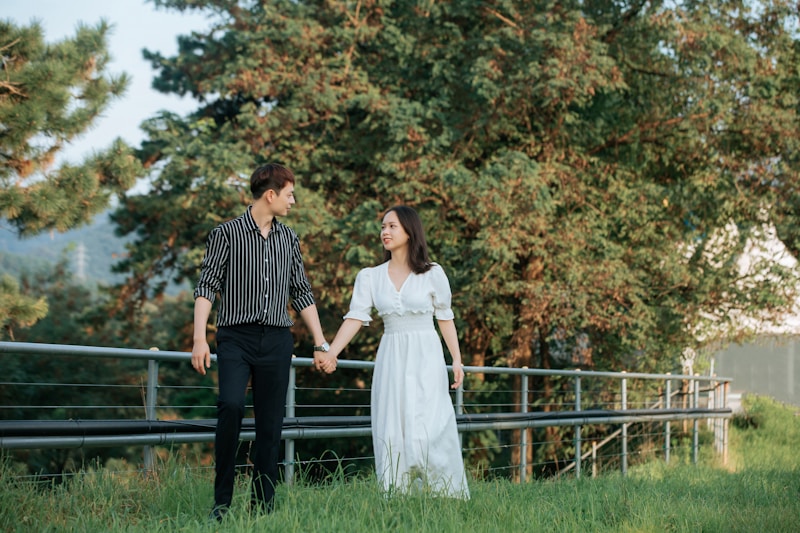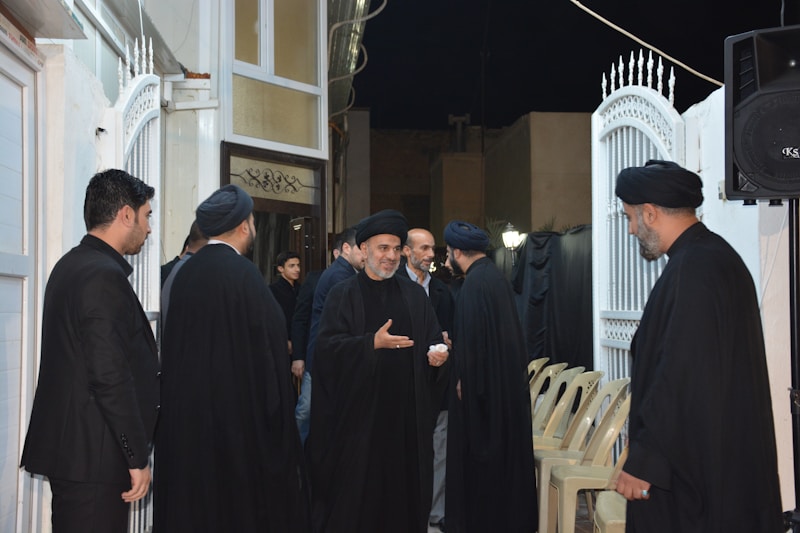Questions and Answers
What is one of the benefits of confidence mentioned in the text?
Arouses positive emotions
What is a common misconception about confidence according to the text?
Either you have it or not
What does optimal confidence involve according to the text?
Being convinced that you will achieve your goals
What do low efficacious individuals tend to do when faced with stressful stimuli according to the text?
Signup and view all the answers
How does confidence affect the pursuit of challenging goals according to the text?
Signup and view all the answers
What is a consequence of overconfidence according to the text?
Signup and view all the answers
What is a common misconception about confidence mentioned in the text?
Signup and view all the answers
What is the best predictor of both social and task cohesion in golf?
Signup and view all the answers
What is the difference between interactive and coactive teams?
Signup and view all the answers
Which theory of aggression suggests that aggression is a natural, innate response?
Signup and view all the answers
What is the focus of the structural-developmental approach in understanding moral reasoning and moral behavior?
Signup and view all the answers
What are the two approaches to psychological adjustment to injury mentioned in the text?
Signup and view all the answers
What are the major antecedents/factors in Carron’s Conceptual Model of cohesion?
Signup and view all the answers
Which factor can increase the likelihood of aggression based on environmental conditions?
Signup and view all the answers
What is the relationship between collective efficacy and perceptions of team cohesion?
Signup and view all the answers
What are the characteristics of athletes who recover quickly from injury?
Signup and view all the answers
What is the focus of the group environment questionnaire?
Signup and view all the answers
What are the three types of aggression mentioned in the text?
Signup and view all the answers
What is the best strategy for reducing aggression through social learning?
Signup and view all the answers
What are the key focus areas for practitioners in the recovery process of injured athletes?
Signup and view all the answers
What is the main focus of the guidelines for building team cohesion for coaches/leaders and group members?
Signup and view all the answers
What are the factors affecting emotional responses in injured athletes?
Signup and view all the answers
What is the primary characteristic of instrumental cohesion in a group?
Signup and view all the answers
What are the major sources of efficacy information according to Bandura?
Signup and view all the answers
What are the stages of Bandura's modeling process?
Signup and view all the answers
What is pivotal in imagery according to the text?
Signup and view all the answers
What are the theories of imagery mentioned in the text?
Signup and view all the answers
What are the cognitive functions of imagery according to the text?
Signup and view all the answers
What are the causes of sport injury mentioned in the text?
Signup and view all the answers
What are the crucial aspects addressed by psychological interventions according to the text?
Signup and view all the answers
Study Notes
Psychological Aspects of Health Behaviors and Imagery in Sports
- Efficacy beliefs play a critical role in exercise adherence, rehab efforts, and health behaviors.
- Major sources of efficacy information include performance accomplishments, vicarious experiences, social or verbal persuasion, and physiological arousal.
- Bandura's four-stage modeling process includes attention, retention, motor reproduction, and motivation.
- Knowledge of strategies for building confidence and efficacy is essential for performance accomplishments.
- Visuomotor behavioral rehearsal (VMBR) has been shown to reduce gametime anxiety and enhance recovery times and future performance in psychological intervention studies.
- Goal setting is pivotal in imagery and involves when, where, why, and what imagery.
- Theories of imagery include the psycho-neuromuscular theory, symbolic learning theory, and Lang's bio-informational theory.
- Imagery is used to improve concentration, enhance motivation, build confidence, control emotional responses, acquire and practice sports skills, and cope with pain and injury.
- Factors influencing imagery effectiveness include the nature of the task, skill level of the performer, using imagery along with physical practice, and imagining ability.
- Imagery has cognitive functions such as experiencing specific sport skills, planning strategies, and motivational functions for goal attainment, effective coping, and arousal management.
- The causes of sport injury include environmental, biomechanical, anatomical, and psychological factors, with potential moderators including history of stressors, coping resources, and medication.
- Psychological interventions are crucial in addressing attitudes, stress, personality, attentional narrowing, attentional distraction, muscle tension, and coping resources to lower the risk of injury and improve recovery.
Studying That Suits You
Use AI to generate personalized quizzes and flashcards to suit your learning preferences.
Description
Test your knowledge of the psychological aspects of health behaviors and imagery in sports with this quiz. Explore efficacy beliefs, Bandura's modeling process, visuomotor behavioral rehearsal, goal setting, theories of imagery, factors influencing imagery effectiveness, and psychological interventions for injury prevention and recovery.




